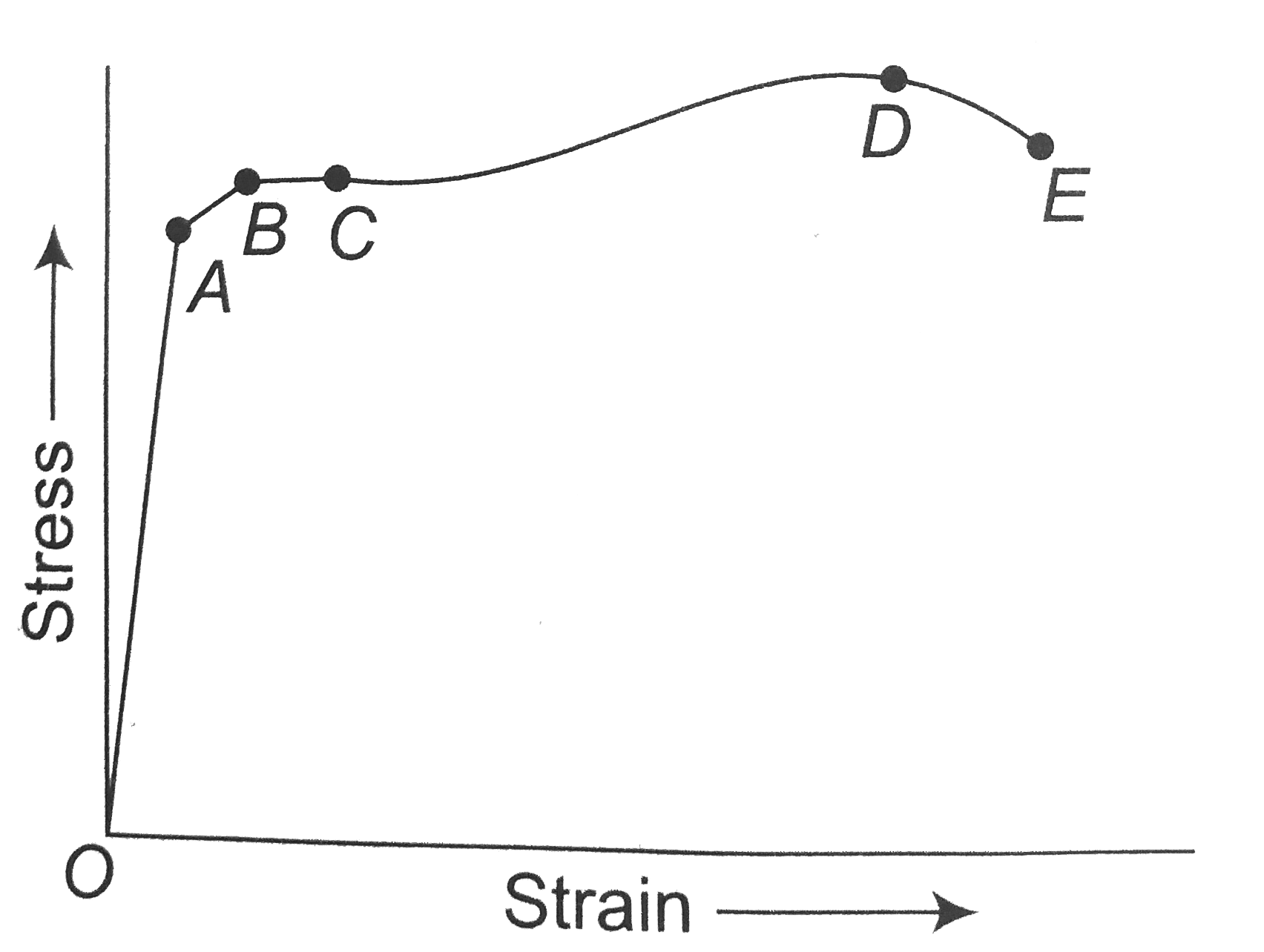Hooke's law states that,
stress is directly proportinal to the strain.
stress is inversely proportional to the strain.
stress is proportional to Young's modulus.
stress and strain are independent of each other.
The correct Answer is:A
Step by step video, text & image solution for Hooke's law states that, by Physics experts to help you in doubts & scoring excellent marks in Class 12 exams.
Updated on:21/07/2023Topper's Solved these Questions
- ELASTICITYBook:TARGET PUBLICATIONChapter:ELASTICITYExercise:Critical Thinking
Explore 54 Videos
- ELASTICITYBook:TARGET PUBLICATIONChapter:ELASTICITYExercise:Competitive Thinking
Explore 69 Videos
- CURRENT ELECTRICITY Book:TARGET PUBLICATIONChapter:CURRENT ELECTRICITY Exercise:Evaluation Test
Explore 6 Videos
- ELECTROMAGNETIC INDUCTIONBook:TARGET PUBLICATIONChapter:ELECTROMAGNETIC INDUCTIONExercise:EVALUATION TEST
Explore 8 Videos
Similar Questions
Knowledge Check
Hook's law defines
AStressBStrainCModulus of elasticityDElastic limitHook's law defines
AstressBstrainCmodulus of elasticityDelastic limitA spring obeying Hooke's law has a force constant k. Now if the spring is cut in two equal parts, the force constant of each part is:
AkBk/2C2kDzero

The stress strain graph for a metal wire is as shown in the figure. In the graph, the region in which Hooke's law is obeyed, the ultimate strength and fracture are represented by
View SolutionA and B are two thin rubber bands, each of force constant k. Assuming that they obey Hooke's law, the time period of horizontal SHM of the mass m is given by

View SolutionAccording to Hooke's law, the force required to change the length of a wire by 'l' is proportional to
View SolutionAccording to Hooke's law of elasticity the ratio of stress too strain
View SolutionAccording to Hooke's law of elasticity, if stress is increased, the ratio of stress to strain
View Solution